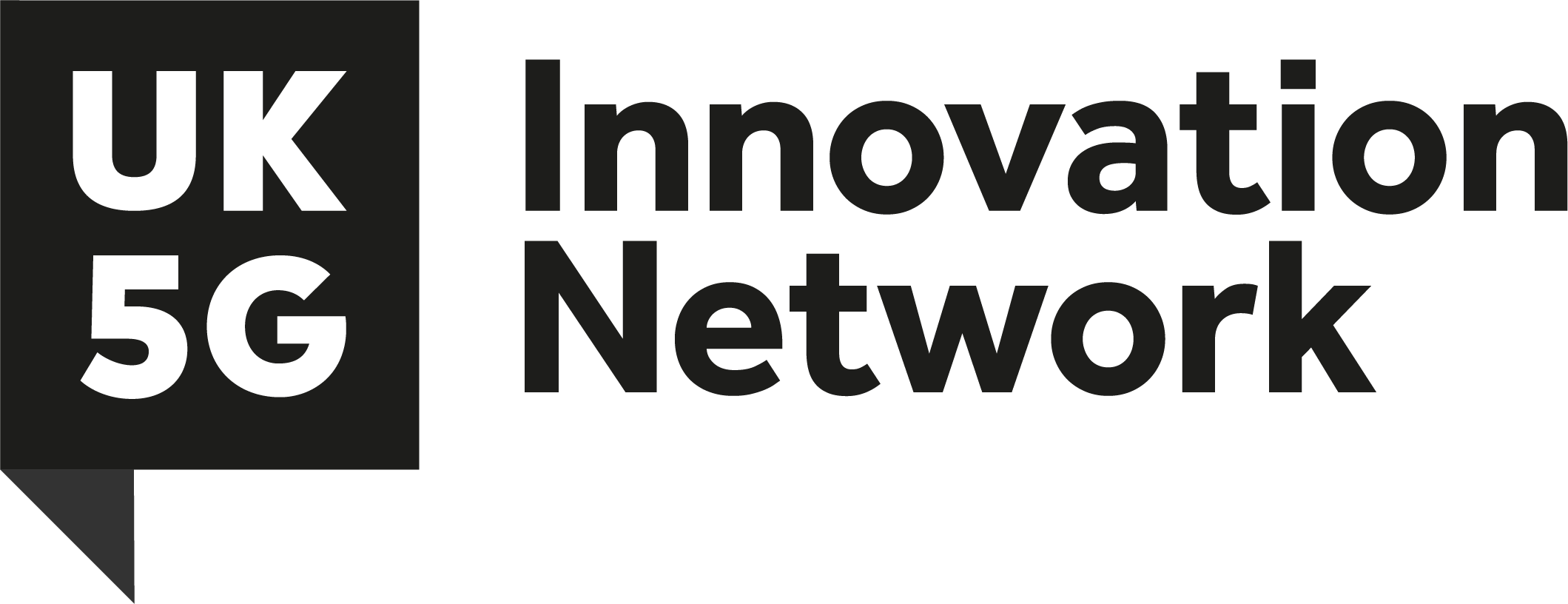A few weeks ago, I attended Facebook’s annual Telecom Infra Project (TIP) Summit at London’s ExCel Centre.
Billed as the ultimate event for those in the software-centric technology space, I saw it as the perfect fit for our 5G RuralFirst project.
Why?
5G allows us to transform a traditionally hardware-based industry into something software-defined, enabling agility, cost-efficiencies and new services. We can be part of an ecosystem of companies that explores new business models, thanks to the opportunities provided by innovation in dynamic spectrum sharing, network slicing and the internet of things.
With 5G RuralFirst, this allows us to pioneer new ways of bringing high-speed connectivity to rural parts of the UK.
Of course, it was also a great opportunity to meet likeminded people in this space and see what else is happening out there in the industry.
Here’s what I learned over the course of two days.
Times are changing
I mentioned above that we’re trying to transform a whole industry. And I really do mean that. But I’m sure I don’t need to tell you that’s no easy feat.
Software defined networks, Virtualised and disaggregated radio, community managed radio’s, higher frequencies delivering greater capacity and speed, new methods of assigning spectrum to achieve greater country wider re-use (efficiency) and a whole host of “connected things” that can add to the business case for deploying a radio where it would not have made economical sense to do so before.
Thankfully there are a whole bunch of people and organisations who are just as excited as us about getting a new software-defined 5G ecosystem off the ground.
It doesn’t feel that long ago that everyone was competing in this space, but having attended TIP and spoken to many of my industry peers I experienced something different:
To me it feels like the tide is turning, and the majority of companies in this space seem keen to work together for the greater good. People talk about leveraging each other’s work rather than replacing it, so we can build a more connected country that everyone benefits from -from vendors like Cisco to citizen and business end users.
And this wave of change has spread beyond the private sector.
Ofcom has begun talking seriously about this subject, pledging to encourage all industries and organisations to work together to fully understand the potential of 5G.
I really get the feeling that Ofcom and the government want to address the spectrum issue that has previously prevented rural areas from enjoying high-speed radio connectivity, i.e. that it doesn’t always make economic sense for spectrum owners to build towers in places where few people use the network.
Making spectrum sharing a key part of 5G, however, could empower rural communities and organisations to create their own local networks or leverage service provider supplied networks and bring 5G to every corner of the UK.
Plenty more work to do
A few people at TIP asked me why Cisco is involved in the rural 5G space.
My answer was simple: we have the tech, we have the knowledge and it’s time to get our hands dirty.
More than that: I truly believe we’re bringing something different to the table. I like to use the analogy of a ‘layer cake’ of different use cases that we hope will combine to make a strong economic case for investing to unlock 5G in rural parts of the UK.
When you think about it, a few years ago the networking industry was very hardware dominated, but Cisco has been a leader in making it a software business. I believe that the same opportunity lies in the telecom space by disaggregating the core & radio network.
I’m not saying we’re all the way there yet, but we managed to speak to plenty of people at TIP Summit who are also doing this stuff. Or at least want to be.
To me that indicates real change on the horizon, and I’m excited to see how things unfold.
The real test will be seeing how the conversation has evolved by TIP Summit 2019.
Head to https://www.5GRuralFirst.org to find out more about the project


